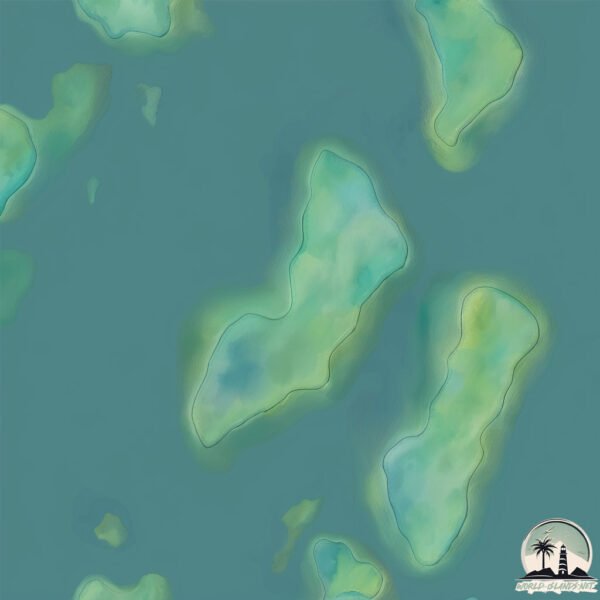Welcome to Isla Dolores , a Temperate island in the South Pacific Ocean, part of the majestic Pacific Ocean. This guide offers a comprehensive overview of what makes Isla Dolores unique – from its geography and climate to its population, infrastructure, and beyond. Dive into the details:
Geography and size of Isla Dolores
Size: 0.391 km²Coastline: 3.4 kmOcean: Pacific OceanSea: South Pacific OceanContinent: South America
Isla Dolores is a Tiny Island spanning 0.391 km² with a coastline of 3.4 km.
Archipel: –
Tectonic Plate: South America – A major plate covering the South American continent and part of the Atlantic Ocean, known for the Andes mountain range and significant seismic and volcanic activity.
The geographic heart of the island is pinpointed at these coordinates:
Climate and weather of Isla Dolores
Climate Zone: TemperateClimate Details: Temperate Oceanic ClimateTemperature: Warm Summer
Climate Characteristics: Known for its moderate year-round temperatures with ample rainfall and no dry season. Warm summers are characteristic.
Topography and nature of Isla Dolores
Timezone: UTC-04:00Timezone places: America/La_PazMax. Elevation: 11 m Mean Elevation: 4 mVegetation: Evergreen Broadleaf ForestTree Coverage: 87%
The mean elevation is 4 m. The highest elevation on the island reaches approximately 11 meters above sea level. The island is characterized by Plains: Flat, low-lying lands characterized by a maximum elevation of up to 200 meters. On islands, plains are typically coastal lowlands or central flat areas.
Dominating Vegetation: Evergreen Broadleaf Forest
Vegetation: 1 vegetation zones – Minimal Diversity Island
Infrastructure and Travelling to Isla Dolores
Does the island have a public airport? no .
Does the island have a major port? no .
The mean population of Isla Dolores is 15 per km². Isla Dolores is Gently Populated. The island belongs to Chile .
Continuing your journey, Quilan is the next notable island, situated merely km away.
Isla Dolores sobre Rio Uruguay
Un Paraiso..en donde reina la Paz.
Isla Dolores sobre Rio Uruguay
Un Paraiso..en donde reina la Paz.
Un Paraiso..en donde reina la Paz.
HILABAAN ISLAND, Dolores, Eastern Samar, Philippines
Hilabaan Island is a truly remarkable place where you can spend your ...
Hilabaan Island is a truly remarkable place where you can spend your holiday with your friends and loved ones. With its ...
Chile is classified as Emerging region: G20: Group of Twenty – Major economies comprising both developed and emerging countries, representing the world’s largest economies. The level of income is Upper middle income.
News – Latest Updates and Headlines from Isla Dolores
Stay informed with the most recent news and important headlines from Isla Dolores. Here’s a roundup of the latest developments.
Loading...
Please note: The data used here has been primarily extracted from satellite readings. Deviations from exact values may occur, particularly regarding the height of elevations and population density. Land area and coastline measurements refer to average values at mean high tide.

